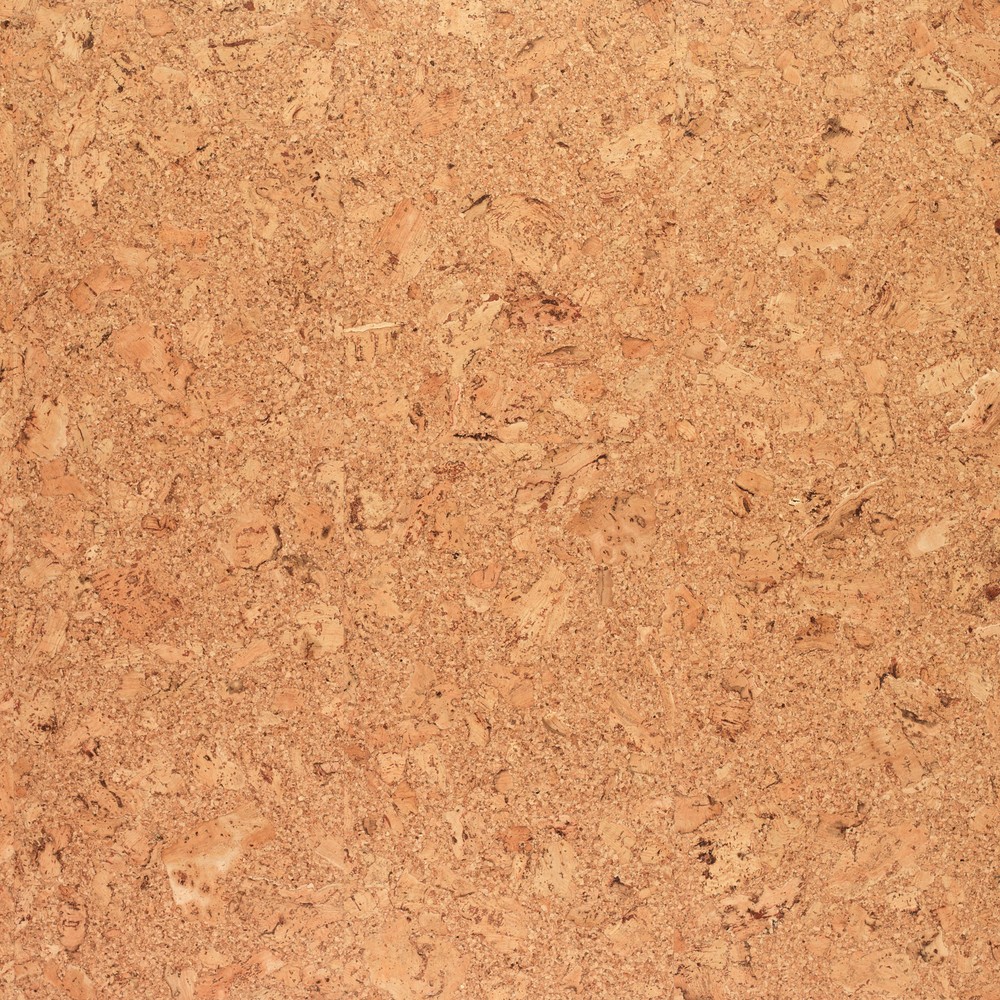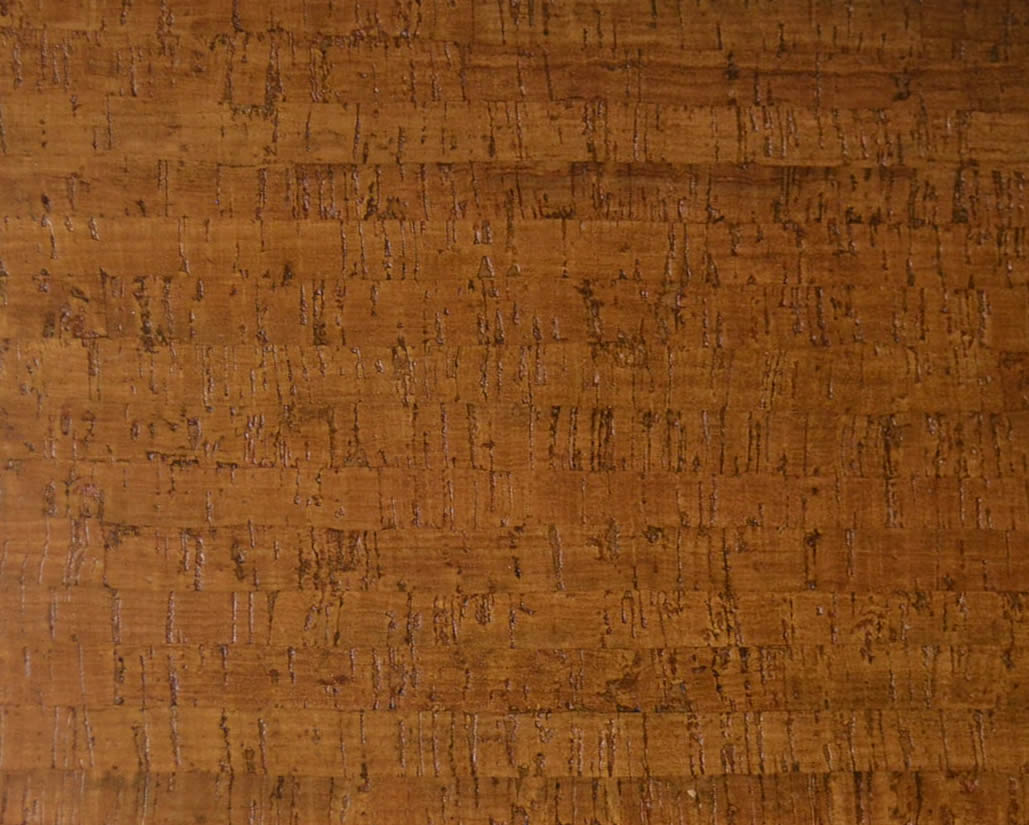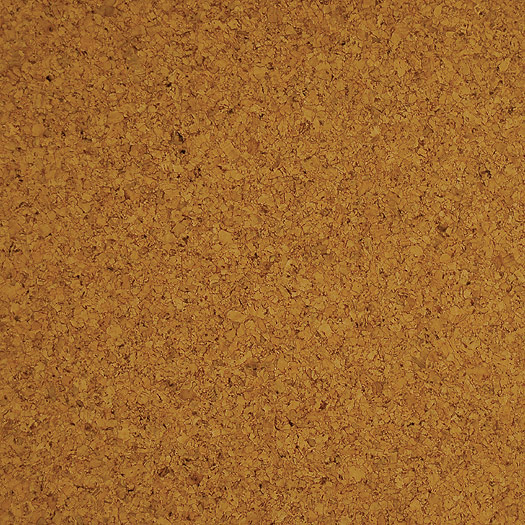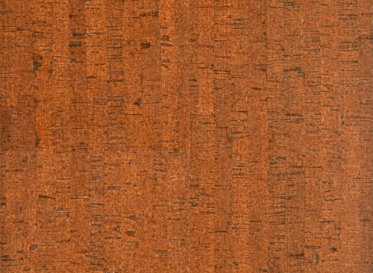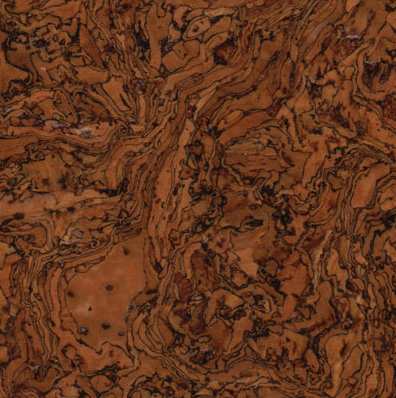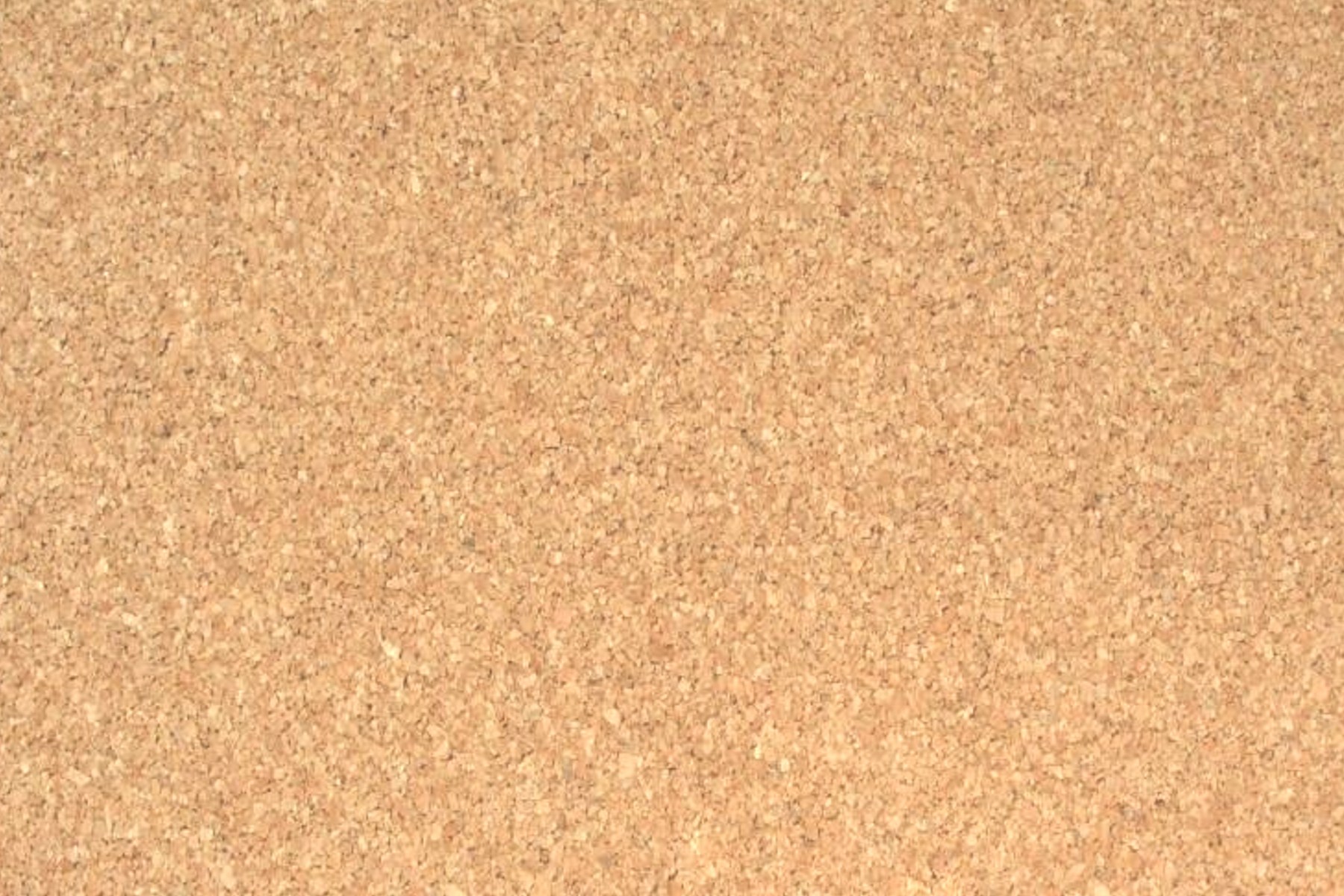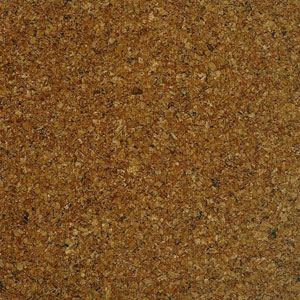Cork Flooring
For years cork has had a rough reputation in the flooring design world. Old installations often employed low quality materials that were not properly maintained and cared for, resulting in shabby surfaces that quickly degraded over time. However in recent years there has been a resurgence in the popularity of cork flooring, as advances in manufacture have made maintenance and care easier than ever. Today you’ll find cork being used in every room in the home, as well as in some commercial spaces.
How Cork Flooring is made: Cork is one of the most renewable resources on the planet. It is manufactured from the bark of the cork oak which is an evergreen that grows in the Mediterranean region of Southern Europe and Northern Africa. Cork Oak trees are grown specifically for the harvesting of their bark, which is done in the summer when it becomes loose against the trunk of the trees.
The harvesting of the bark is a process that does NO HARM to the trees. Rather the bark naturally grows back every 9-10 years, allowing a single crop of Cork Oaks to continue producing for decades. Once the bark is harvested it is granulated, and then pressed flat with binding agents such as resin. It is then baked into the sheets that are used in flooring installations. Cork bark is made up of a tiny sealed honeycomb cellular structure (14-sided polyhedrons) containing gas of 90% air. These cells provide resiliency (cushion) and insulation and there are about 40 million of these cells per cubic centimeter. Cork can be compressed up to 40% and quickly returns to its original shape. This all works to make cork a very special flooring material.
Types of Cork Flooring: Cork now comes in a variety of colors, patterns and textures. But as you can see, the depth and richness that cork can have is very special. Some companies mix rubber with cork to provide a special texture, some others are known for very vibrant colors. Some patterns resemble plank boards. Whatever your tastes, you’re sure to find some pattern and color that’s right for you.
- Colors: Since cork is a natural material the exact look of each piece will vary slightly, although in its natural unstained state it tends to be a pale tan or brownish color. Cork can come stained in a variety of hues ranging from dark chocolate to pale honey, with almost every shade imaginable in between. You can also get cork flooring stained green, blue, red, or virtually any color you desire.
- Sizes: Cork most commonly comes in tile form, and is usually sold in standard 12” X 12” or 12” X 24” sizes. There are also cork planks that come in standard 12” X 36” boards. In an application where you want there to be a minimum number of seems, cork flooring can be installed using sheet material. However it represents a significantly more difficult and complicated installation process. Standard residential cork flooring should be at least 3/16” in thickness. In a commercial application you want at least a 5/16” thickness.
Installation Tips: Cork tile flooring is installed in much the same way as vinyl or resilient flooring over smooth concrete or plywood. Floating cork floors may be installed directly over an existing floor, concrete slabs or construction-grade plywood. Cork needs to be installed on a dry, smooth surface that has a maximum variance of plus or minus 1/8”.
Taking Care of Cork Flooring: An installation of cork can look beautiful and last for many years, but only if you are willing to spend time properly caring for and maintaining it. The most important thing you can do to keep a cork flooring installation looking its best is to keep it completely free of dirt and grit. This requires a regular schedule of sweeping and or vacuuming. Failure to do so can cause the tiny particles that collect on the floor to grate against the cork, wearing down the protective sealant and causing scars in the material. When necessary you can dry mop a cork flooring installation, and can even use a damp mop on it on occasion. On top of this, a manufacturer recommended water based polish should be applied to the surface of the material on a regular basis several times a year. Your surface sealant of choice should also be reapplied to the floor whenever it begins to show signs of wear.
Cork flooring brings an elegant warmth to any room, while providing comfort and a unique look. While cork flooring does have a few drawbacks, if you’re looking for a type of green flooring with a wide range of design possibilities and unique benefits, cork is certainly an option to consider.
Benefits of Cork Flooring: Cork flooring can be installed in virtually any room in the house. However it will require special care in moist, damp areas, or spaces that get a high level of traffic.
- Soft: If you have ever pulled a cork from a wine bottle then you know how soft and pliable this material can be. It has a yielding surface beneath the feet that is very comfortable to stand on even for long periods of time.
- Sound: An installation of cork flooring will act as natural insulation for a space, blocking out ambient noise that can come from rooms below. This is due to the fact that its surface is made up of millions of cells filled with air, acting as tiny sound cushions.
- Impact: Cork also cushions impact sounds that can come from rolling or sliding furnishings across the floor, an important feature in schools and hospitals.
- Green: Cork flooring is all natural, biodegradable, and very renewable.
- Resilient: Cork’s ability to bounce back from impressions means that most objects will not leave dents in its surface.
- Non Slip: Even when wet cork can provide a good level of traction for your feet.
Drawbacks to Cork Flooring: While cork flooring does have many benefits, it’s always important to understand its limitations before making a decision for your home. Cork flooring will require special care in moist, damp areas, or spaces that get a high level of traffic.
- Maintenance: In order to keep an installation looking attractive you will have to perform regular cleaning and maintenance on it.
- Stains: If not sealed properly cork can be stained very easily by dirt, spills, or other contaminants.
- Moisture: Cork flooring is generally not recommended in very moist environments unless it is properly sealed several times in order to protect the material. This seal will have to be reapplied periodically to prevent moisture from penetrating the surface of the floor.
- Dents: You will need to place protective mats underneath the legs of particularly heavy furniture to prevent permanent divots from forming. High heels and sharp pet claws will also damage your cork floor.
- Fading: Another drawback to cork flooring is the potential for fading. Unlike a hardwood floor, cork gets lighter with exposure to light. Windows with UV-protective coatings or window coverings can help with the potential for fading.
- Replacement: With proper maintenance a cork floor can last for years however eventually it will begin to show signs of wear and need to be replaced.
Selected Cork Flooring Samples
Click on the image to view a slideshow


